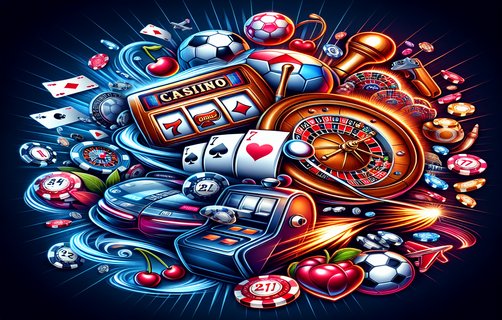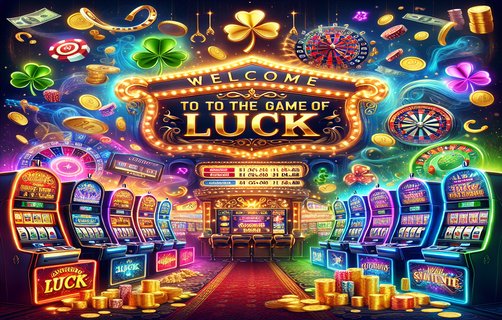Exploring the Strategic Depths of Blackjack: From Safe Gambling to C-Bet Tactics
Blackjack is not merely a game of chance; it is a test of strategy, psychology, and decision-making, particularly when played among friends. This popular card game has evolved over the years, with innovations such as Playtech's real-time gaming technologies reshaping the experience. In this article, we delve into various aspects of blackjack, from safe gambling practices and strategic approaches like C-bet and set mining to the psychological elements of bluffing and in-game animations.

Playtech, a leading software provider in the gambling industry, has revolutionized how blackjack is played by delivering seamless online gaming experiences. Their high-quality graphics, interactive interfaces, and live dealer options have made blackjack more engaging and accessible than ever. Players can now enjoy the traditional gambling experience from the comfort of their homes, but it also emphasizes the need for safe gambling practices. Safe gambling involves setting limits on spending, recognizing signs of problematic behavior, and ensuring that the gaming experience remains enjoyable without leading to financial distress.
Within the framework of blackjack, strategic approaches like the C-bet strategy play an essential role in decision-making. C-bet, or continuation bet, is a term borrowed from poker, referencing the practice of betting after hitting a flop as a continuation of the previous aggressiveness. In blackjack, players can think of a similar concept where they maintain their initial strategy, adapting their gameplay based on the dealer's visible card and their own hand. This strategic mindset can lead to maximizing winnings and minimizing losses, particularly when paired with insightful set mining tactics, which refer to the concept of playing for high-value hands while managing risks effectively.

In-game animations also enhance the blackjack experience, making it visually appealing and dynamic. Whether playing online or in a casino, animations help to convey the game's flow, symbolizing wins and losses vividly. This not only captures the excitement but also aids in maintaining a player's focus, which is crucial when considering psychological tactics such as bluffing spots. Bluffing, while more common in poker, can subtly influence outcomes in blackjack, especially when players gauge the behavior or dialogue of their friends at the table. Recognizing when a player might be bluffing or overly confident can be an advantage.
The analysis process behind blackjack strategy is vital for any player hoping to improve. It requires gathering information about both the game dynamics and psychological factors at play. The process begins with understanding basic blackjack rules and probabilities, analyzing the dealer's upcard, and considering card counting techniques to maximize the odds. Players must keep track of their own cards as well as those that have already been played, allowing them to make more informed decisions. Additionally, they must adapt their strategies based on perceived tells from their fellow players, striking that delicate balance between aggression and caution.
Unfortunately, as with any gambling, the potential for gambling-related bankruptcies looms. It is essential to recognize that blackjack, like all games of chance, carries inherent risks. Players might become so engrossed in the thrill that they forget to set limits, leading to significant financial strain. This is why responsible gaming education and awareness are crucial for all players, particularly when engaging in a competitive setting with friends.
In conclusion, blackjack is a rich tapestry of strategy and social interaction. Understanding the nuances of gameplay, applying strategic approaches like C-bet and set mining, and recognizing psychological cues can elevate the experience. Balancing these tactical elements with safe gambling practices ensures that blackjack remains a fun and engaging pursuit.
